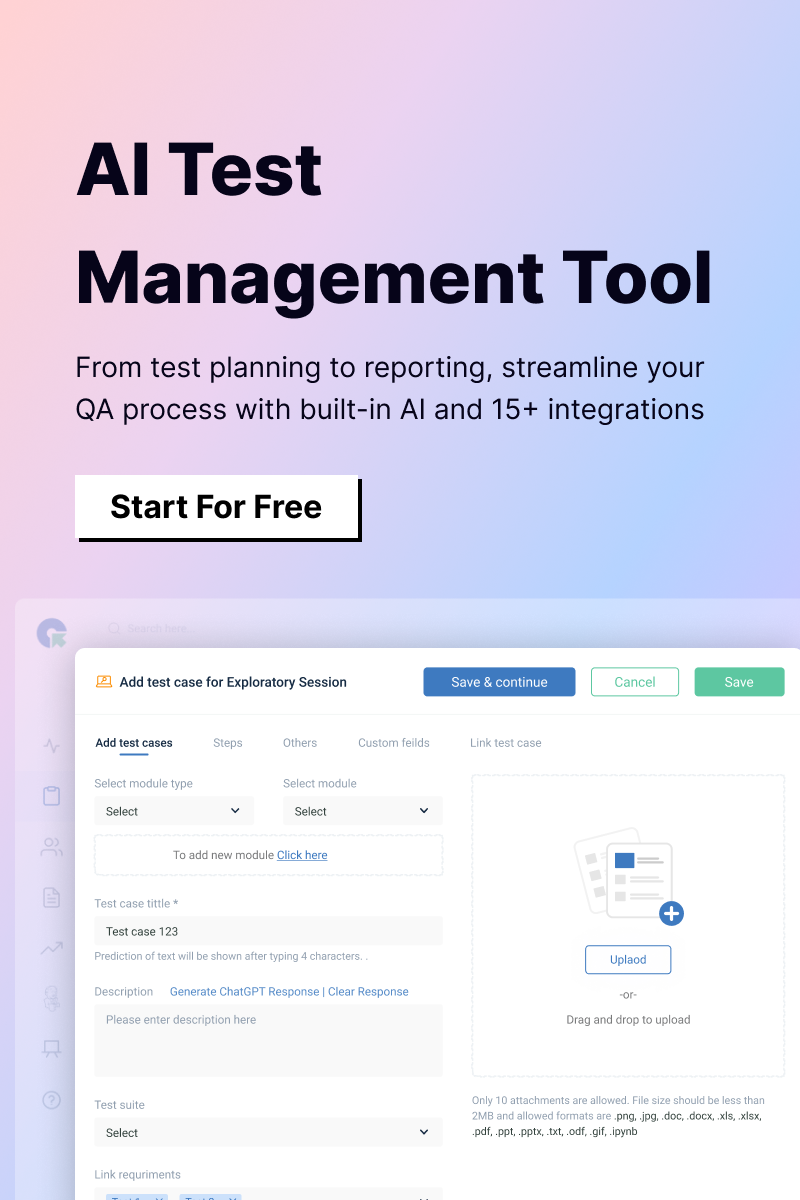Defect tracking tools, also known as bug tracking tools, help track and manage software defects. They can help development teams identify, prioritize, and resolve issues to improve software quality. Popular defect tracking tools include Jira, Bugzilla, QA Touch, MantisBT, and Redmine.
How to report a software bug?
- Observe the issue carefully and gather relevant details.
- Perform the exact steps to ensure the bug is consistent.
- Use a bug tracking system (e.g., QA Touch, Jira, Bugzilla) to document the defect. Provide key details such as Bug Title, a detailed sequence of actions leading to the bug, a description of what should happen versus what actually happens, the impact of the bug, and relevant screenshots, videos, or logs for better understanding.
- Assign it to the appropriate developer or team for resolution.
- Track the bug status, retest after the fix, and close or reopen if necessary.
What is bug fixing in software testing?
Bug fixing is the process of identifying, analyzing, and resolving defects found during software testing. When a tester reports a bug, developers check the issue, modify the code to correct it, and then deploy the fix. Afterward, the fix undergoes retesting and verification by the QA team to ensure the problem is resolved without introducing new issues.
What is the process of bug fixing?
- Verifying the Bug – Ensure the bug is not an anomaly by reproducing it multiple times.
- Reporting the Bug – Log the defect with clear steps to reproduce and expected vs. actual behavior.
- Fixing the Bug – Developers analyze the issue, review error logs, and modify the code to resolve unexpected behavior.
• Example: A program prompts users to enter a number but lacks a validation check, allowing more than 20 digits and causing performance issues. - Verifying the Fix – QA retests the issue using the original and related test cases to confirm the fix and detect any new defects.
- Applying Fix or Workaround – The fix may involve modifying the code or implementing a restriction to prevent the issue from occurring.
What is critical bug in software testing?
A critical bug is a defect that affects the functionality, performance, or stability of an application, making it unusable or causing major failures. These bugs often lead to system crashes, data loss, security vulnerabilities, or incorrect results, requiring immediate attention and resolution.
How does QA Touch assist teams in resolving bugs efficiently?
QA Touch streamlines the bug fixing process by providing a structured defect tracking system that enhances collaboration between testers and developers. With features such as detailed bug reports, severity and priority levels, and real-time status updates, teams can efficiently track and resolve critical defects. QA Touch integrates with tools such as Jira, Slack, and Trello, ensuring communication between QA and development teams. Testers can log bugs with screenshots, logs, and reproduction steps, while developers can analyze, fix, and update the bug status. Additionally, test case execution and retesting help verify the fix, ensuring quality before deployment.



